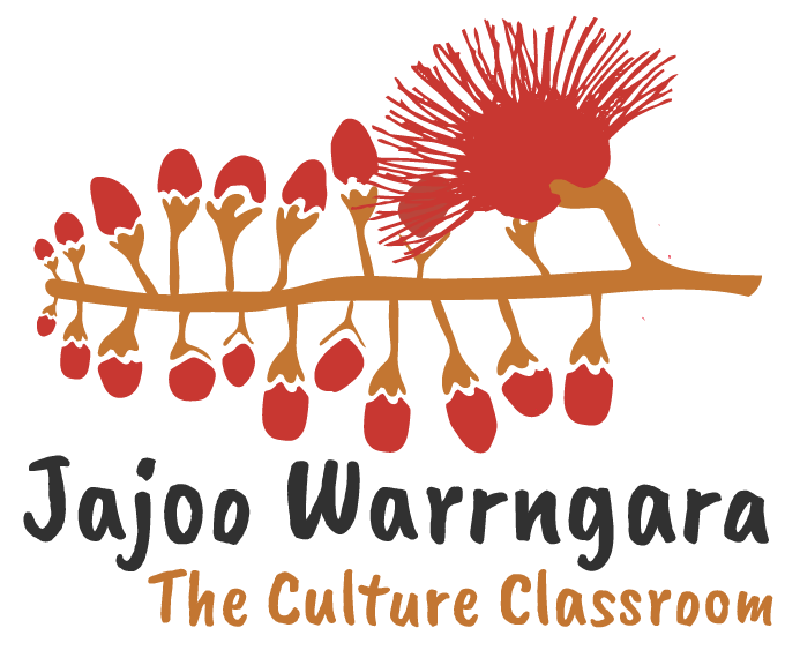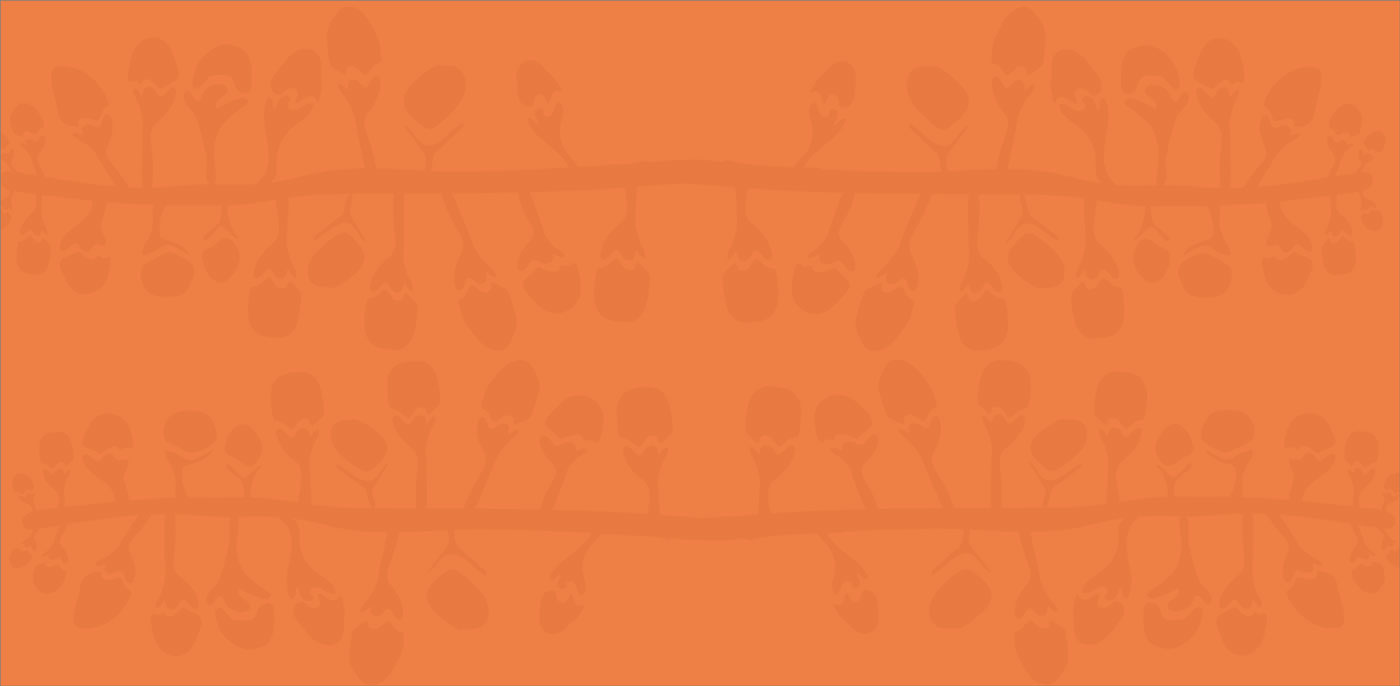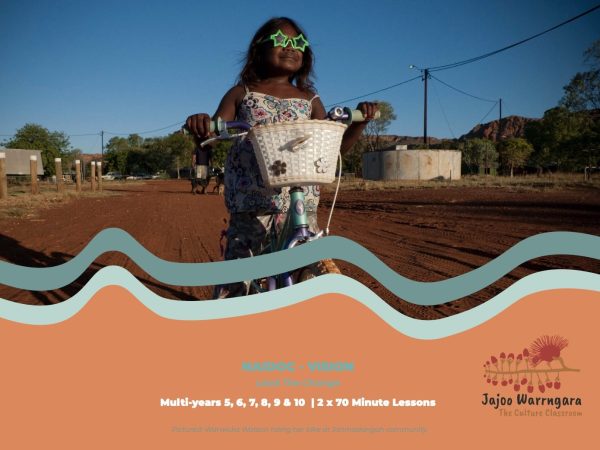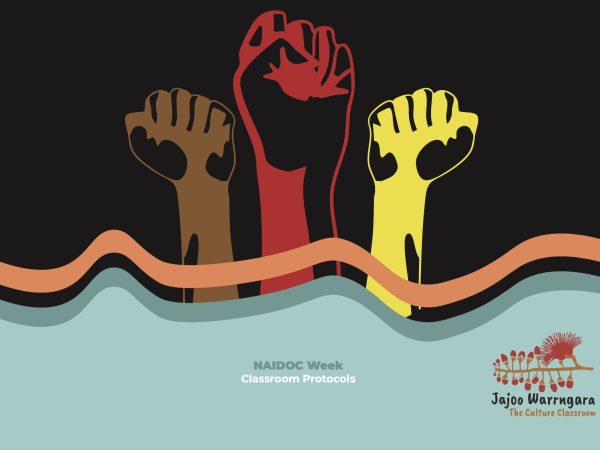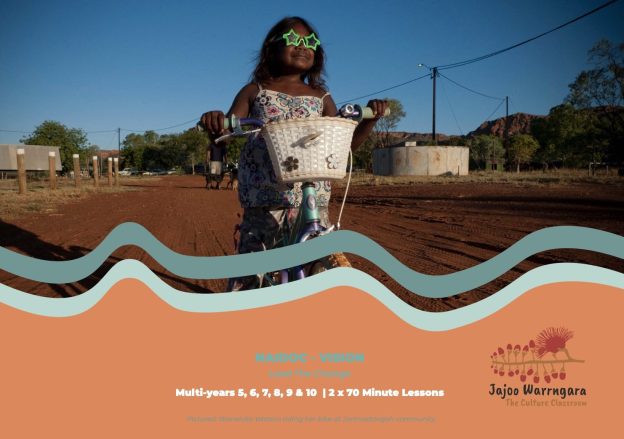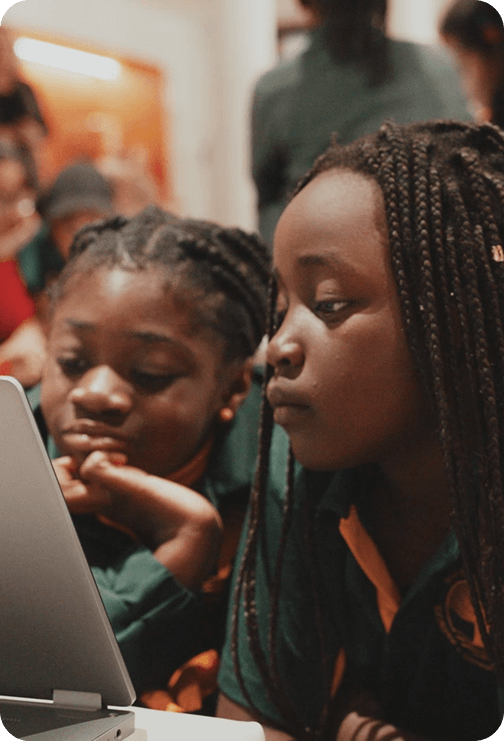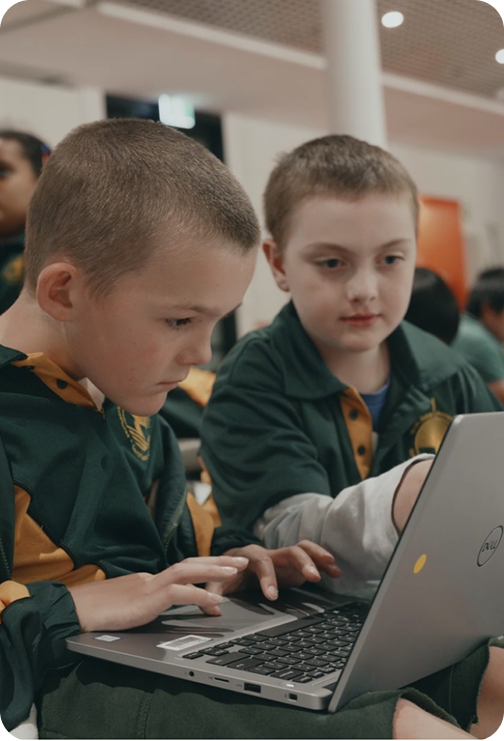Learning Areas
English | History | HASS | Visual Arts | Civics and Citizenship
In this unit
Students learn about past and present changemakers, including the legacy of William Cooper and the origins of NAIDOC Week. They think critically and creatively about the kind of future they want to help shape for next generations through yarning, campaign planning and visual arts.
This unit includes:
Learning Areas
General Capabilities
Cross Curriculum Priorities
Aboriginal and Torres Strait Islander Histories and Cultures
Related Units
Unit Content
